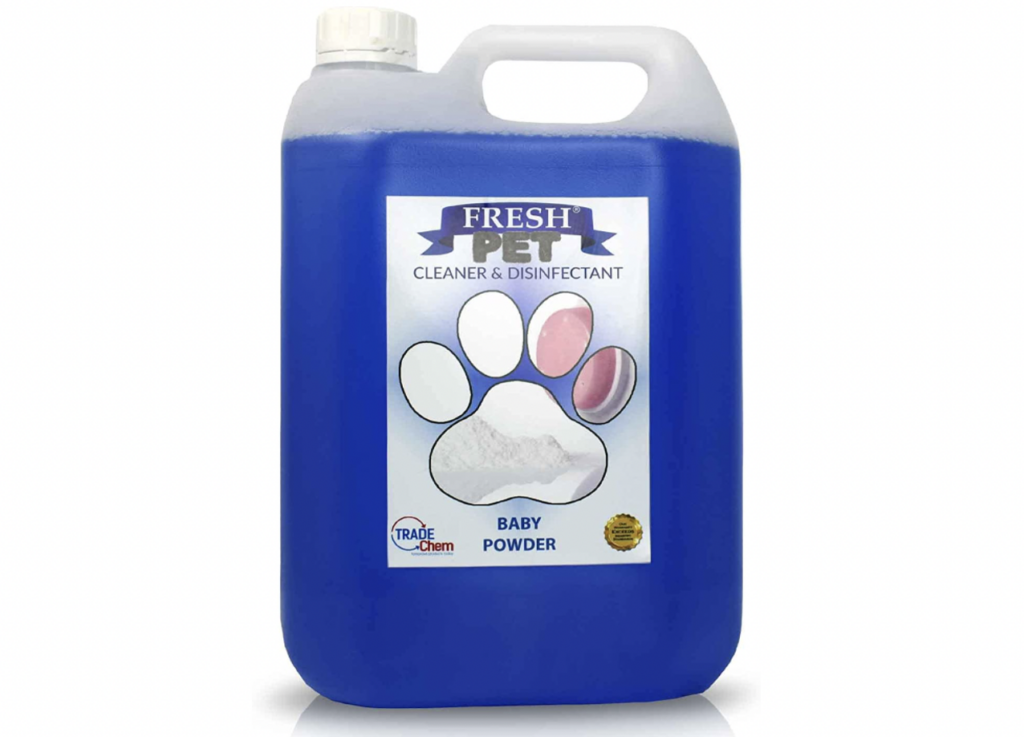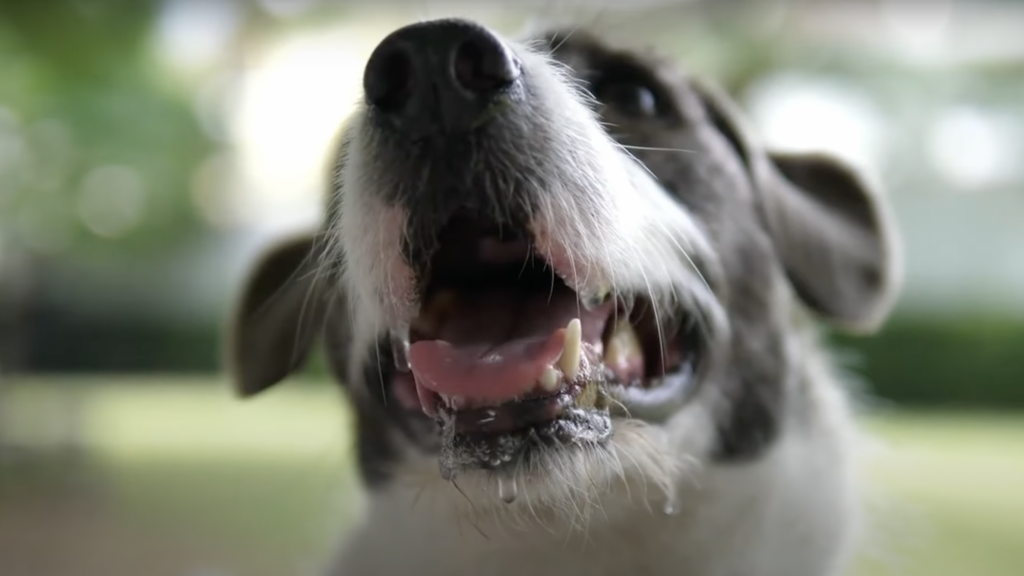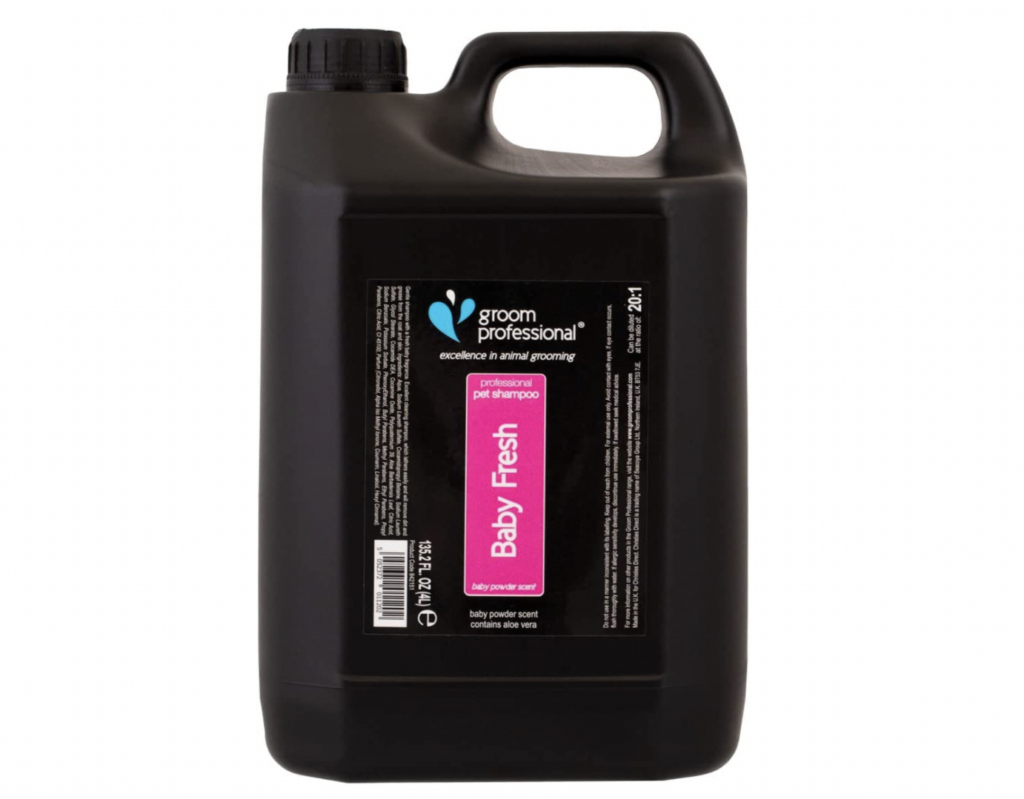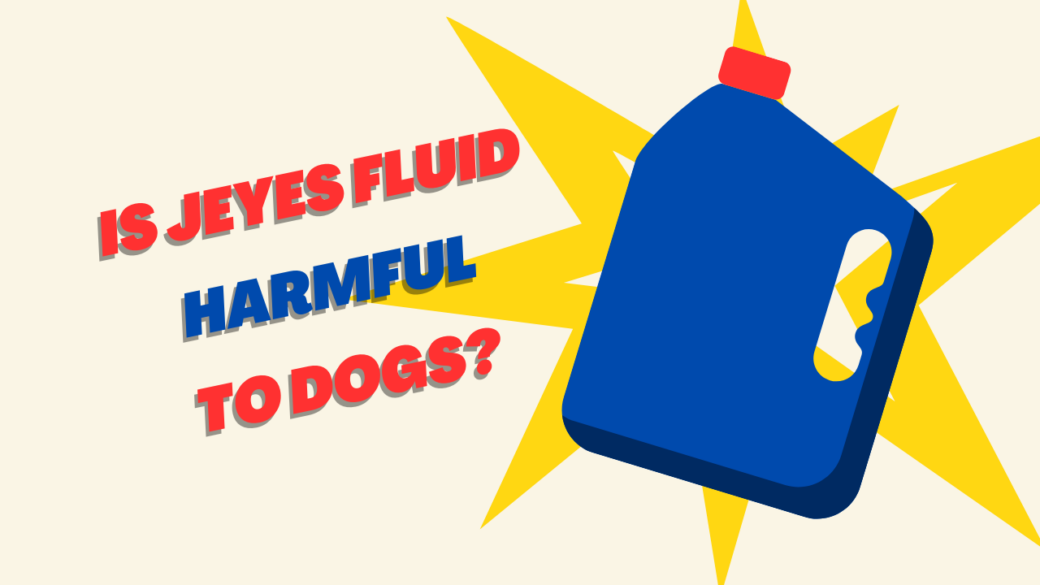HouseholdPets.co.uk is a reader-supported site, meaning if you click on any product links we recommend we may receive a small commission in return.
Jeyes Fluid is an outdoor disinfectant primarily used for cleaning animal housing, greenhouses, patios, pathways, and plant pots. It is advertised as killing 99.9% of bacteria, which is a vital selling point for many buyers, especially for pet owners who use it.
Yes, Jeyes Fluid disinfectant is harmful to dogs. The amount of harm this product can cause varies, depending on the dose and exposure. In extreme cases, Jeyes Fluid can be fatal to dogs.
To avoid using a product that could harm your dog, it is crucial to buy an animal-safe cleaning product. There are plenty of dog-friendly alternatives available, such as:
Trade Chemicals Pet Disinfectant

The Jeyes Fluid product can be harmful to dogs as well as other animals and people if ingested or even if they come into contact with it, depending on the dosage and exposure. The consequences of dogs coming into contact with this cleaner can vary from drooling and vomiting to seizures and even death.
To ensure dog owners are sufficiently educated on the harm Jeyes Fluid can cause to dogs, this post will explore the ingredients of the cleaning product, the issues it can cause dogs, and how to use it safely.
Table of Contents
Ingredients in Jeyes Fluid
The chemical ingredients in cleaning products, like Jeyes Fluid, are what can cause harm to dogs, depending on the dosage and exposure. Jeyes Fluid can be broken down into four key ingredients, all of which pose a risk to your furry friend’s health.
Non-Ionic Surfactants
Non-ionic surfactants are usually found in cleaning products, such as soaps and laundry detergents. Although non-ionic surfactants are less toxic than anionic, they can still cause problems, like irritated eyes, skin, or gastrointestinal tract, if ingested or exposed to sensitive areas.
Phosphonates
Phosphonates are used as water softeners and corrosion inhibitors. It is not well-known how toxic these chemicals are to dogs, but similar chemicals have caused gastrointestinal upset.
Perfume (Limonene)
Often used in citrus-based cleaning items, limonene produces a pleasant smell. Dogs might experience skin and eye irritation or gastrointestinal issues.
Some dogs are allergic to limonene, which can cause further complications if they come into contact with or consume the product.
Disinfectants (Alkyl (C12-16), Dimethylbenzyl Ammonium Chloride 1.75g/100g, & Formic Acid 1.70g/100g)
Alkyl dimethylbenzyl ammonium chloride, which is also known as benzalkonium chloride, can cause burns, corrosive injuries, and ulcerations to the gastrointestinal tract and skin if a dog is exposed to it. This is a very toxic chemical.
If ingested or exposed to the skin, formic acid can cause burns and systemic toxicity as it is a strong acid.
What Symptoms Should You Look For?
If you suspect your dog has ingested or come into contact with Jeyes Fluid, you should take the animal to the vet immediately; do not wait until symptoms show. In some cases, being exposed to or ingesting Jeyes Fluid can be fatal to dogs.
Dogs can display specific symptoms after coming into contact with or ingesting Jeyes Fluid that you should look out for if you have the product in the house. You might always be aware of what your dog has access to, and accidents can happen, so it is best to be prepared and knowledgeable.
The following symptoms can be caused:
Gastrointestinal Symptoms
- Drooling
- Vomiting
- Loss of appetite
- Diarrhea
- Abdominal pain
- Blood in vomit/stool

Respiratory Symptoms
- Coughing
- Difficulty breathing
- Increased respiratory rate
Neurological Symptoms
- Restlessness
- Unsteadiness
- Tremors
- Seizures
- Lethargy
- Collapse
Dermatological Symptoms
If Jeyes Fluid comes into contact with the dog’s skin or coat, the following symptoms might be present:
- Redness
- Swelling
- Itching
- Sores
However, if the disinfectant comes into contact with the dog’s eyes, there might be:
- Tearing
- Redness
- Discomfort, such as scratching around their eyes or blinking more than usual
How to Use Jeyes Fluid Safely Around Dogs
Follow the steps listed below to use Jeyes Fluid safely if you have pets:
Step One – Block Off Access to Your Dog
The first step before you begin using Jeyes Fluid is to block off access to your dog. This might mean putting the dog in a crate until cleaning is complete or ensuring the doors leading to the area are closed and locked.
Preventing them from coming into contact with this cleaning product is the best bet to avoid any harm. If you think keeping your dog out of the area during cleaning is difficult or near impossible, buying a pet-friendly patio cleaner might be your best option.
Step Two – Clear the Area
Any items in the area should be cleared away to allow for an easier cleaning job. For example, if you are cleaning the patio, move all garden furniture and plant pots off of the area that needs to be cleaned. These items can be added back once the area is clean and dry.
Step Three – Mix the Jeyes Fluid
You will then want to dilute the Jeyes Fluid correctly; the correct measurement for patios is 150 millilitres of the cleaning product to 5 litres of water. The mixture should be made in a strong bucket or basin.
Step Four – Spray or Pour Over the Area
For this, you will need to find the highest point in the area. Most gardens slope downwards, even just slightly, meaning the mix can run and cover more. You can either pour the liquid over the area or use a pump action pressure sprayer.
Step Five – Leave to Soak
Leave the liquid to soak the area for up to 30 minutes. Remember, during this time, no animals or children should have access to the area.
Step Six – Scrub the Area
This step is likely the one where you’ll work hardest. Ideally, if you are cleaning the patio, you will use a stiff bristle garden brush to scrub the cleaning product mixture into the area. The harder the area is scrubbed, the better it will be cleaned.
Step Seven – Rinse and Leave to Dry Fully
Now that the area has been scrubbed clean, it is time to rinse the liquid off. Again from the highest point in the area, pour lukewarm water or use a garden hose to rinse the cleaning product mixture from the area. You might want to do this a few times to ensure all of the product is washed away.
Once this has been sufficiently rinsed, you can leave the area to dry completely. This might take a few hours, but it is essential no one accesses the area until it is dry; keep children and animals out of the area until then.
FAQs
Can I Use Jeyes Fluid to Wash My Dog?
No, Jeyes Fluid cannot be used to wash a dog. This product contains ingredients that can irritate and even damage a dog’s skin.
When washing your dog’s coat, be sure to use a dog-safe shampoo.

Can Dogs Walk on Jeyes Fluid?
No, dogs should not be allowed to walk on Jeyes Fluid. If you have cleaned the floor or patio using this product, be sure to let it dry entirely before letting your dog have access to the area.
This product could burn a dog’s paws if they were to walk on it. It will also remain on their pads, and it could be ingested if they lick their paws later.
To Sum Up
As Jeyes Fluid is an outdoor cleaning product primarily used as a disinfectant, it contains ingredients that are harmful to both humans and animals, including dogs.
The symptoms a dog displays after ingesting Jeyes Fluid depends on the amount of disinfectant consumed. Potential symptoms include drooling, vomiting, pain in the abdomen, and diarrhea; more severe symptoms range from gastrointestinal tract damage and seizures to even death.
If you use Jeyes Fluid, remember to use the product by following the manufacturer’s instructions, which are displayed on the back of the packaging.

